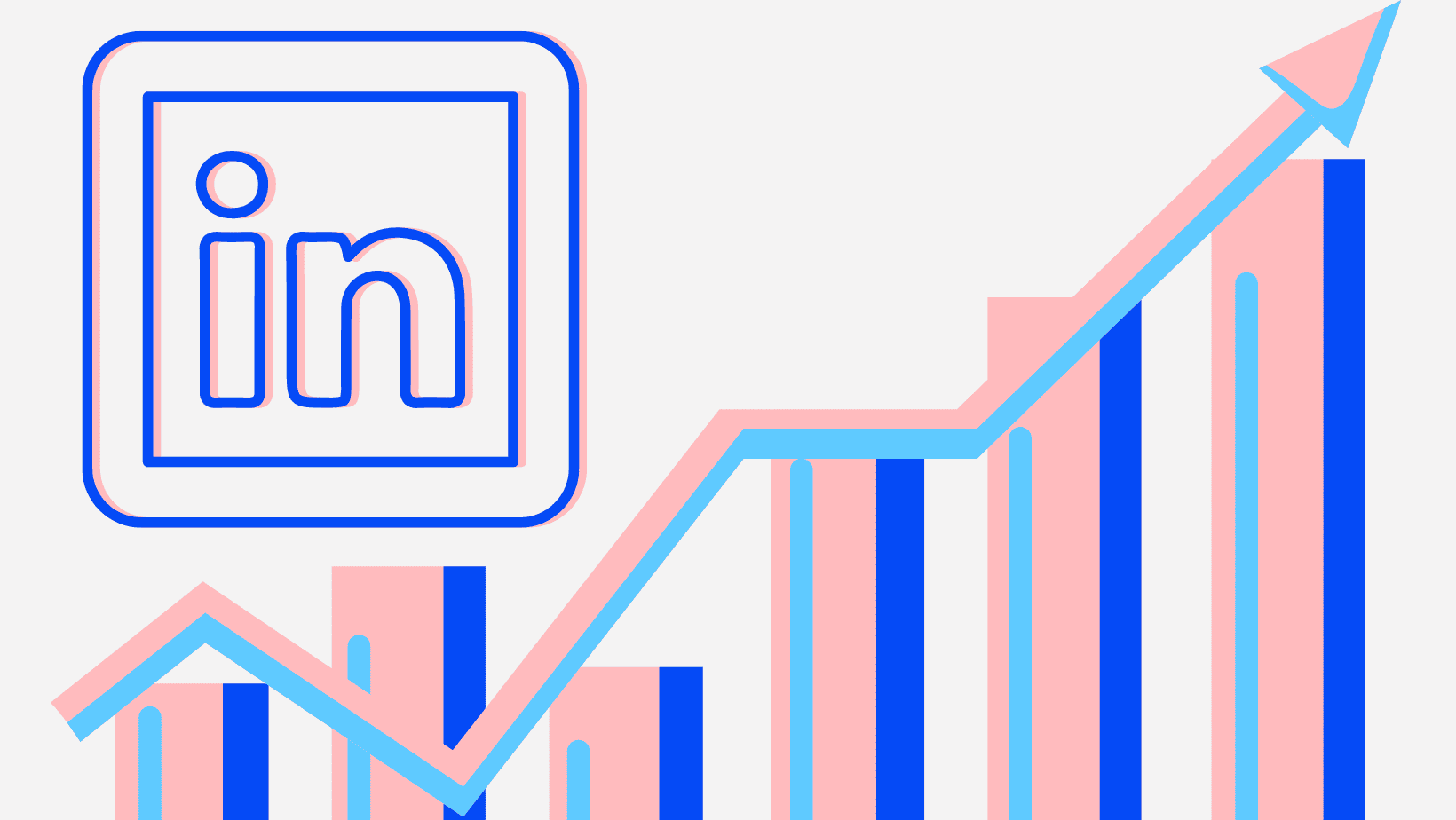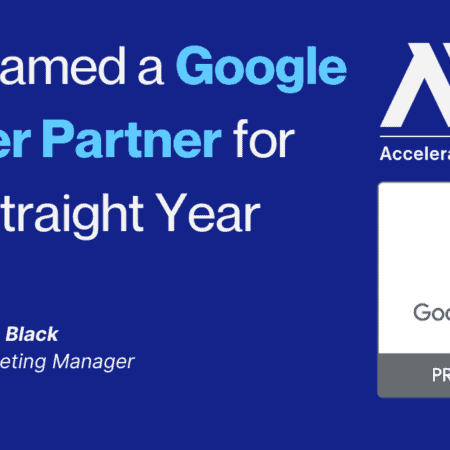LinkedIn isn’t the most popular social media platform out there, but it’s one of the most unique. Rather than a place to keep up with old friends, it’s where working professionals find new connections. That means it has a very particular user base, which engages and shares information with the platform in ways unlike any other social platform. That dynamic produces undeniable (and often untapped) advertising potential for many brands.
In this blog, we’ll explore the many advantages and applications of LinkedIn advertising, including its highly-specific audiences, unique platform-specific content styles, and what companies can benefit most from LinkedIn advertising.
Who Uses LinkedIn, and Why Is That Important?
LinkedIn is a distinct advertising platform due to its utility: Individuals go there to network, find employment opportunities or professional services, and read or share business insights. Companies use it to scout and hire new employees, raise their profiles, and seek collaborators.
That’s all to say that there are professional incentives on LinkedIn. That also means users have incentive to use their real identities, stay engaged, join groups, and keep their profiles up to date. There aren’t many cartoon profile pictures and celebrity parody accounts on the platform.
That specificity and accuracy is key, because it allows brands to target users in ways that they can’t elsewhere online. In total, almost 900 million people use LinkedIn, with 137 million accessing it daily. That’s a smaller cohort than more mainstream social sites—but on LinkedIn, those users can be targeted by highly-specific traits: the industries they work in, the companies they work for, their job titles and seniority, or even the degree they hold.
Why Advertise on LinkedIn?
According to LinkedIn, users exhibit a 33% lift in purchase intent after ad exposure on the platform—and brands see double the conversion rate from LinkedIn ads compared to other platforms. Why is that? Well, for reasons already mentioned—it’s a professional setting where people use their real identities—LinkedIn is highly-trusted.
In 2021, it was voted the most trusted social media platform and finished second only to Pinterest in 2022. And there isn’t a lot of trust out there for social media platforms. Combine that with an engaged user base that is using their actual, up-to-date information (there aren’t many burner accounts on LinkedIn) and you have a fertile platform for advertising.
What Unique Types of Ads Does LinkedIn Offer?
LinkedIn’s business-first nature lends itself to a distinct content style. Posts tend to be wordier and more informative, and are often meant to spark thoughtful conversations rather than quick likes.
Since social advertising should always reflect the medium where it appears, it’s important to consider the tone and style of the ads you plan to run there. While it does offer familiar image, description, and video ad formats, the material your brand has created for Instagram and Facebook likely wouldn’t translate well to LinkedIn.
Thought Leadership Advertising
One advantage of LinkedIn advertising is that it offers companies the chance to tell deeper stories about their work and success. Brands have the opportunity to lay out a vision or get into the details. By boosting informative or forward-thinking insights from your brand’s leadership and employees, you can capitalize on LinkedIn: One marketer found click-through rate on LinkedIn was 557% higher for thought leadership ads compared to standard image ads.
Document Ads
With document ads, you can reach potential customers with the opportunity to advertise downloadables that establish presence and expertise. These ads allow you to promote things like eBooks, blogs, case studies, and other forms of media (Up to 300 pages, or 1 million words) to your audience, where they can be easily read or downloaded without having to leave the platform.
Conversation Ads
LinkedIn also offers a direct messaging-based ad option. Its conversation ads are similar to Messaging ads on Meta, that deliver content straight to someone’s LinkedIn inbox and can be used to kick off a conversation.
Lead Forms
LinkedIn also has the ability to drive leads to complete a lead form within the platform. This option isn’t exclusive or unique to LinkedIn, but is especially effective for companies looking to produce an efficient flow of warm leads.
Group Targeting
Groups aren’t unique to LinkedIn, either, but because groups on LinkedIn are typically based on professional roles—healthcare marketers, industry lawyers, etc.—they are more focused than what you’ll find on a typical social media platform. Group targeting on LinkedIn can be an effective way to reach highly-specialized audiences.
Is LinkedIn Advertising Expensive?
Per-result costs on LinkedIn tend to be higher than on typical social platforms like Facebook and Instagram, but that’s due to their specificity and effectiveness. For B2B businesses, average CPM (cost per thousand impressions) in 2023 is over $25—compared to $6 on Facebook. Cost-per-click averaged $3.42, compared to about $1.50 on Facebook. But in both cases, the benefits—a professional, highly-specific audience with buying power—tend to outweigh the cost discrepancies.
Why is LinkedIn Advertising Good for B2B Companies?
LinkedIn’s distinct focus on business lends itself primarily to B2B advertising—in fact, it’s rated as the #1 platform for B2B lead generation. When brands advertise there, they’re primarily reaching decision-makers: 4 out of 5 users on LinkedIn drive business decisions. Combined with the ability to parse targeting by industry, job title, or company, B2B brands can advertise their services to highly-specific audiences with great confidence.
Can LinkedIn Work for B2C Advertisers?
LinkedIn can be an excellent B2C opportunity—under certain circumstances. If you offer a service designed to help individuals with their career or professional goals, you may find benefits: things like continued education, sales coaching, professional development tools, or other products and services along those lines.
While straightforward eCommerce offerings may not thrive on LinkedIn, some personal services that matter to professionals may also perform well. Financial, health, or insurance products may find a better audience on LinkedIn than they would on a more casual, consumer-focused platform like Instagram…which brings me to our next point.
Is LinkedIn Advertising Good For Health Companies?
There are compelling reasons why certain health brands should be interested in LinkedIn advertising.
For B2B health companies, the ability to target by position, industry, and even company can help them to home in on the specific decision-makers they need to reach. Its expanded copy and document advertising also lends itself to complex topics and convincing value propositions. Those factors might make it the very best place for B2B health brands to advertise.
For B2C health brands, there still might be a fit. Maintaining one’s health is a key aspect of personal and professional development, and certain services could benefit from specific targeting. Company targeting is particularly key: Say you’re a health brand targeting services at employers. You could go so far as to determine which employers used the insurance companies that your brand accepts and then advertise the services offered and insurances accepted to audiences based on those employers. Or, a B2C health counseling brand could identify high-stress jobs and industries and target those audiences.
Leveraging LinkedIn Advertising for Success
In social media, trust is an increasingly scarce resource. Given that LinkedIn is something of a beacon for credibility and professionalism, it’s also a platform of great opportunity. With its unparalleled precision in audience targeting based on industries, job titles, seniority, and more, LinkedIn provides an ideal setting for B2B brands—and certain B2C ones—to reach the right audience.
To explore how LinkedIn advertising could fit into your digital marketing strategy, reach out to ADM today.



